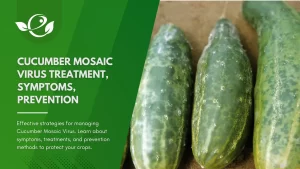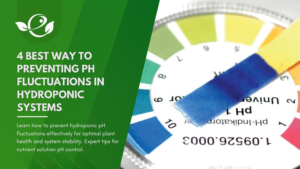Table of Contents
Gardening has always been a peaceful, rewarding hobby. But in 2025, it’s also become smarter. The blend of nature and technology is transforming how we care for our plants, with a new wave of innovative gadgets making gardening more efficient, accessible, and environmentally friendly. Whether you’re tending to a backyard garden, a balcony oasis, or a fully automated indoor jungle, smart garden gadgets are the new green thumbs.
In this article, we explore the top trends in automated plant care and the cutting-edge tools helping gardeners grow more with less effort. From AI-powered sensors to robotic mowers and app-controlled irrigation, here’s how 2025 is redefining the gardening experience.
The Rise of Smart Gardening
What is Smart Gardening?
Smart gardening refers to the use of technology—particularly IoT (Internet of Things), AI (Artificial Intelligence), and automation—to monitor, manage, and enhance plant care. These tools collect data about your garden and make real-time adjustments to optimize growing conditions.
Why It Matters
Smart gardening devices offer:
- Time-saving automation
- Water and energy conservation
- Healthier, more productive plants
- Remote management and alerts
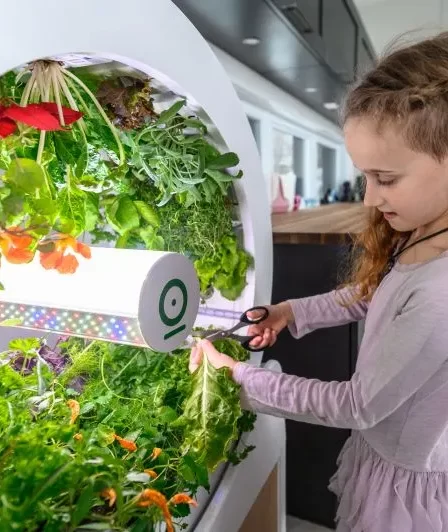
Whether you’re a busy homeowner or an aging gardener needing support, automation simplifies tasks like watering, fertilizing, pruning, and even lawn mowing.
The Numbers
The global smart gardening market is booming. In the U.S., adoption of smart irrigation systems, robotic mowers, and AI plant sensors has grown steadily. According to a 2024 Statista report, the smart gardening tools market is projected to surpass $3.2 billion by the end of 2025.
Top Smart Garden Gadgets of 2025
AI-Powered Plant Monitors
These small but mighty devices monitor key growing parameters:
- Soil moisture and temperature
- Nutrient levels
- Light exposure and intensity
2025 Favorite: AI Plant Box This CES Innovation Award-winning device uses machine learning to track your plant’s health and send recommendations to your smartphone. Some models even trigger watering or light adjustments automatically.
Why It’s a Game Changer:
- Real-time data collection
- Disease prediction and early alerts
- Ideal for both indoor and outdoor use
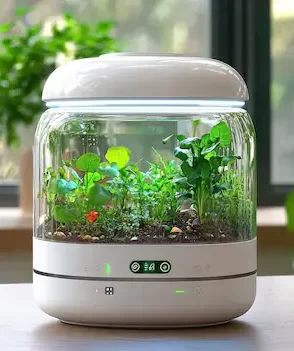
Smart Irrigation Systems
Traditional watering schedules often waste water or leave plants thirsty. Smart irrigation systems fix this with precision control based on real-time weather, soil conditions, and plant type.
2025 Favorite: Rachio Smart Sprinkler Controller 4 It integrates with weather data, custom zones, and smartphone control. Some models support flow meters and leak detection.
Benefits:
- Reduce water waste by up to 50%
- Works seamlessly with voice assistants like Alexa or Google Home
- Easy setup with tailored schedules
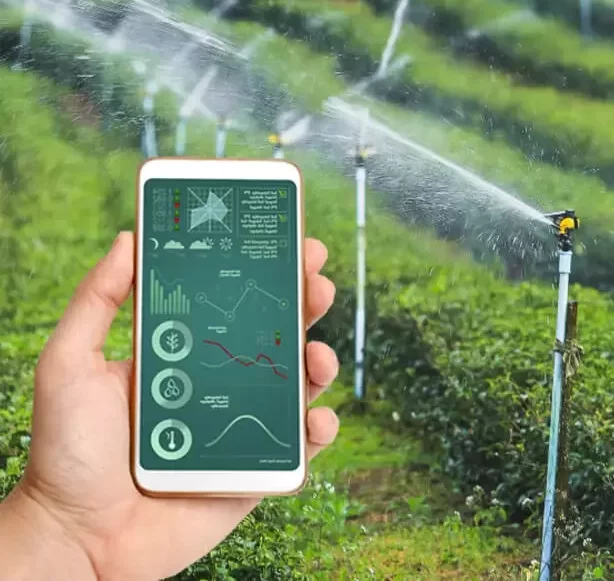
Robotic Lawn Mowers
These autonomous machines mow your lawn with minimal human involvement. Using sensors, mapping technology, and smart fencing, they maintain turf quietly and efficiently.
2025 Favorite: Honda Miimo HRM 4000 With multi-zone mapping, obstacle detection, and anti-theft alerts, it handles large lawns with ease.
Features to Look For:
- Rechargeable docking station
- Quiet motor (<60 dB)
- Rain and slope detection
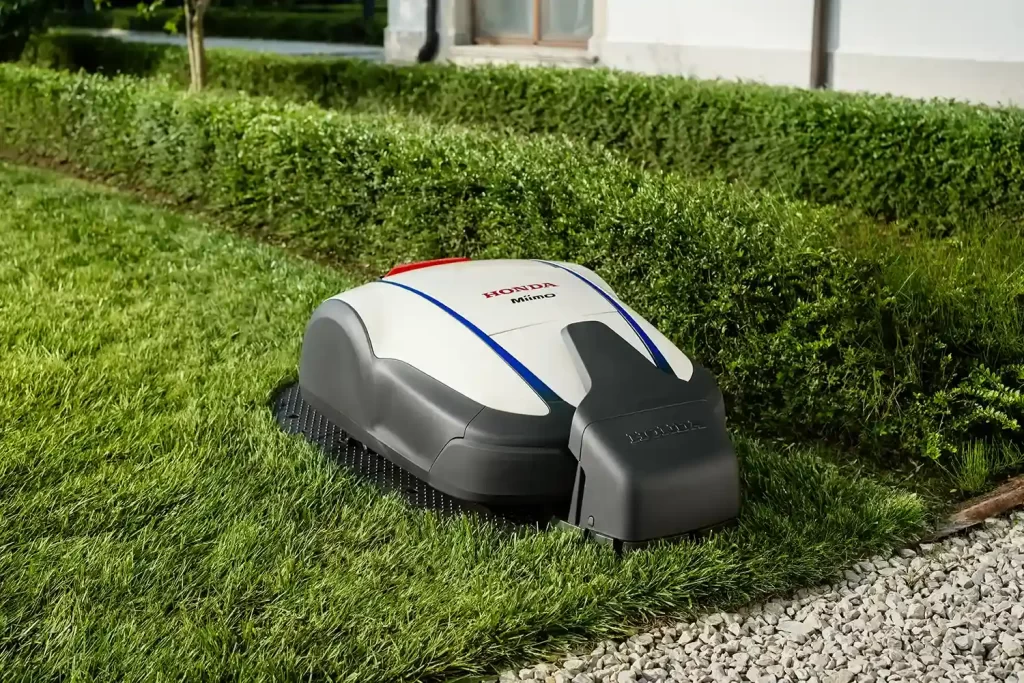
Smart Indoor Gardens
From countertop herb growers to sleek vertical units, these compact systems are perfect for small homes, apartments, or winter gardens.
2025 Favorite: Plantaform Fogponics Garden Using mist instead of soil, it reduces water use and accelerates plant growth. Integrated LED grow lights, nutrient delivery, and app control make it a top choice.
Ideal For:
- Apartment dwellers
- Year-round herb and leafy green lovers
- Educational purposes

Automated Fertilizer Dispensers
Say goodbye to manual feeding. These devices deliver nutrients on a precise schedule, reducing the risk of overfeeding or neglect.
Key Players:
- GreenIQ Smart Fertilizer Module
- PlantMate Nutrient Dispenser Pro
Advantages:
- Syncs with plant growth stages
- Customizable nutrient blends
- Reduces waste and runoff
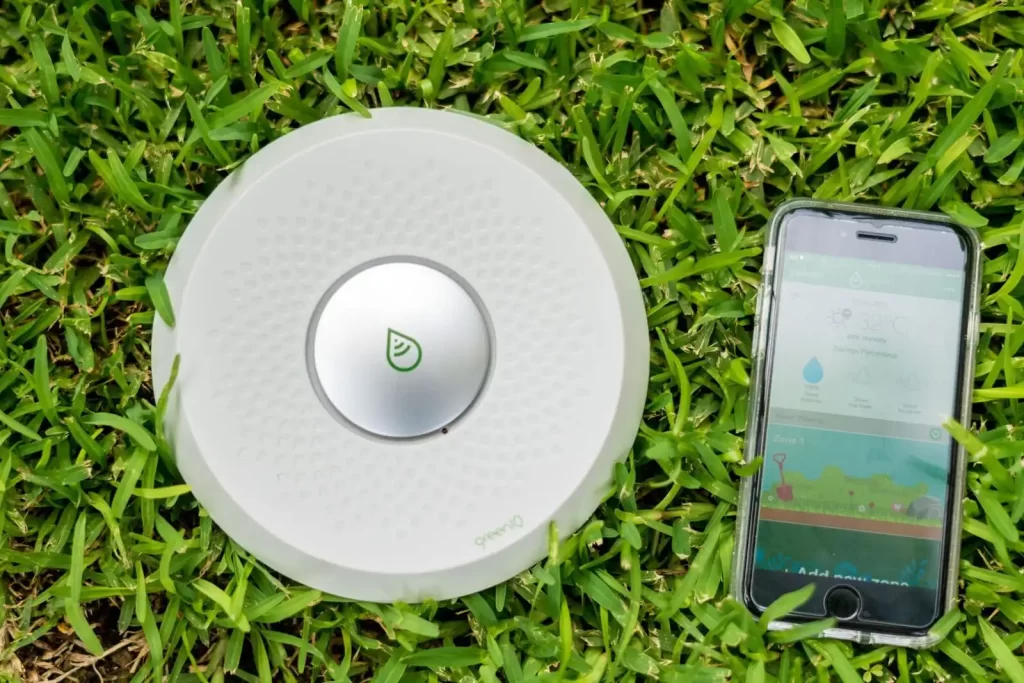
Integration with Smart Home Ecosystems
Most smart garden gadgets now work effortlessly with your existing smart home platforms.
Compatibility:
- Alexa: Voice command watering or lighting
- Google Assistant: Routine triggers and real-time updates
- Apple HomeKit: Scene integrations with weather or time-based events
Unified Control: Using apps like SmartThings or Home Assistant, you can monitor plant data, control devices, and receive alerts—whether you’re at home or halfway around the world.
Sustainability and Environmental Impact
Smart gardening isn’t just about convenience—it’s about conscious growing.
- Water Conservation: Smart irrigation systems adjust watering schedules based on soil needs and rainfall, helping reduce water use by up to 50%.
- Energy Efficiency: Many devices are solar-powered or run on low-energy protocols like Zigbee and LoRaWAN, reducing their carbon footprint.
- Urban Gardening: Smart vertical gardens and indoor systems empower urban dwellers to grow food, reducing dependency on supply chains and promoting food security.
Challenges and Considerations
Despite their benefits, smart gardening tools aren’t without drawbacks.
- Cost Barrier: High-end smart devices can be pricey. While prices are dropping, a complete setup may require $500–$2000 upfront.
- Tech Literacy: Older gardeners or non-tech users may find it difficult to set up and troubleshoot these systems.
- Reliability: Internet connectivity issues, sensor calibration errors, or app bugs may lead to miswatering or incorrect alerts.Pro Tip: Always choose gadgets with strong customer support, software updates, and good warranty terms.
Future Trends in Smart Gardening
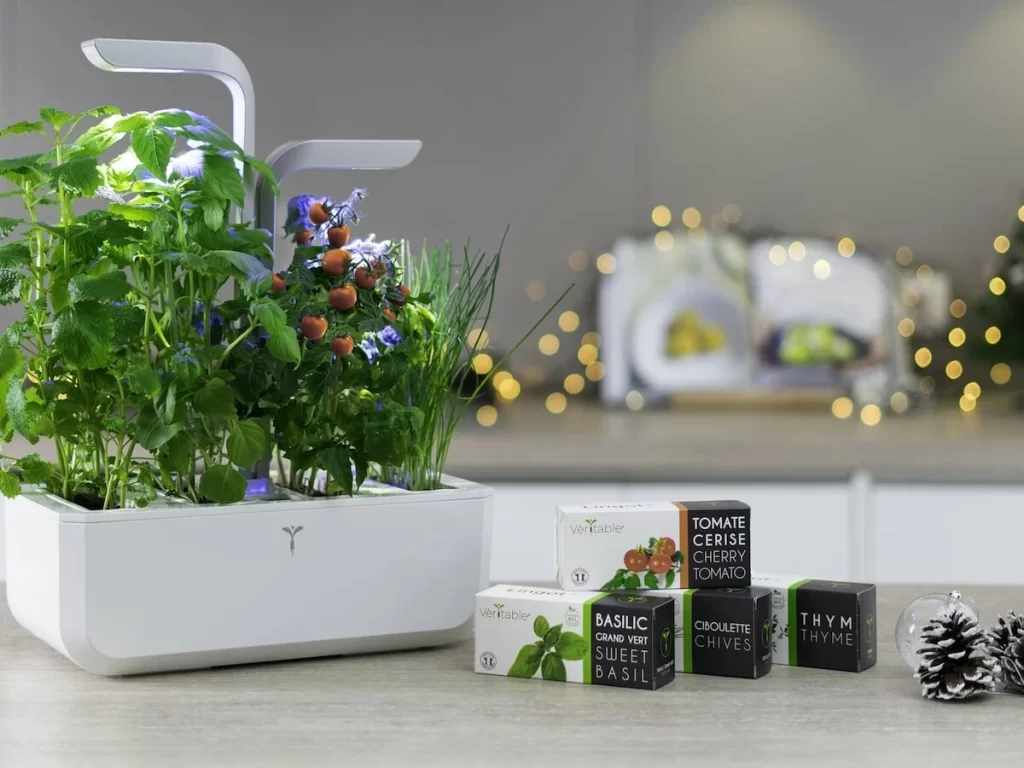
- Predictive AI: Advanced algorithms will analyze historical data and predict when your plant needs water, light, or nutrients before signs of stress appear.
- Complete Autonomy: Fully closed-loop systems (including solar power, nutrient recycling, and pest control) will allow for “set it and forget it” gardening.
- Community Gardens Go Smart: We expect an uptick in shared smart gardens in urban neighborhoods. These systems will be managed via communal apps, creating data-driven, sustainable food sources in city blocks.
- Plant-to-App Communication: Biometric sensors will soon interpret stress signals from plants—like electrical resistance changes or gas emissions—and send messages to your phone. Think: your plant telling you it’s thirsty!
Conclusion
The future of gardening is smart, sustainable, and self-aware. Whether you’re a weekend warrior with a patio full of potted plants or a tech-savvy grower turning your garage into a hydroponic lab, there’s a gadget out there to make your life greener and easier.
2025 has brought with it not only technological advancements but also a deeper understanding of our ecological responsibilities. By embracing smart garden gadgets, you’re not just upgrading your garden—you’re investing in a more efficient, eco-friendly, and connected lifestyle.
Frequently Asked Questions (FAQ)
1. Can I install smart garden gadgets without a smart home system?
Yes. While integration with systems like Alexa or Google Home enhances usability, most gadgets can function independently through their dedicated mobile apps.
2. Are smart garden tools suitable for renters or apartment dwellers?
Absolutely. Many compact solutions like smart indoor gardens or balcony irrigation systems are perfect for renters and require no permanent installation.
3. Do smart gardening systems work without Wi-Fi?
Some devices offer limited offline functionality, but most rely on Wi-Fi or Bluetooth for full features like app control, remote monitoring, and weather-based automation.
4. What happens if there’s a power or internet outage?
Many gadgets have onboard memory and can continue basic functions like scheduled watering. However, remote access and real-time data may be disrupted.
5. Are there eco-friendly smart gardening devices?
Yes. Many are solar-powered or use low-energy protocols. Additionally, smart watering systems can significantly reduce water waste.
6. How secure are smart garden devices?
As with any IoT device, security depends on the manufacturer. Choose products from reputable brands, update firmware regularly, and use strong passwords.
7. Can smart garden systems detect pests or diseases?
Some advanced sensors can detect early signs of plant stress, which may be caused by pests or disease. AI plant monitors are evolving rapidly in this area.
8. Are these gadgets useful for people with physical limitations?
Definitely. Automated systems minimize the need for bending, lifting, or manual watering, making gardening more accessible to elderly or disabled individuals.
9. How long do smart gardening gadgets typically last?
Most quality devices have a lifespan of 3–7 years, depending on usage, maintenance, and exposure to weather. Check for warranty and customer support.
10. Can I expand my smart garden system over time?
Yes. Many platforms are modular, allowing you to start small and add more components like sensors, irrigation zones, or lighting systems as your needs grow.

